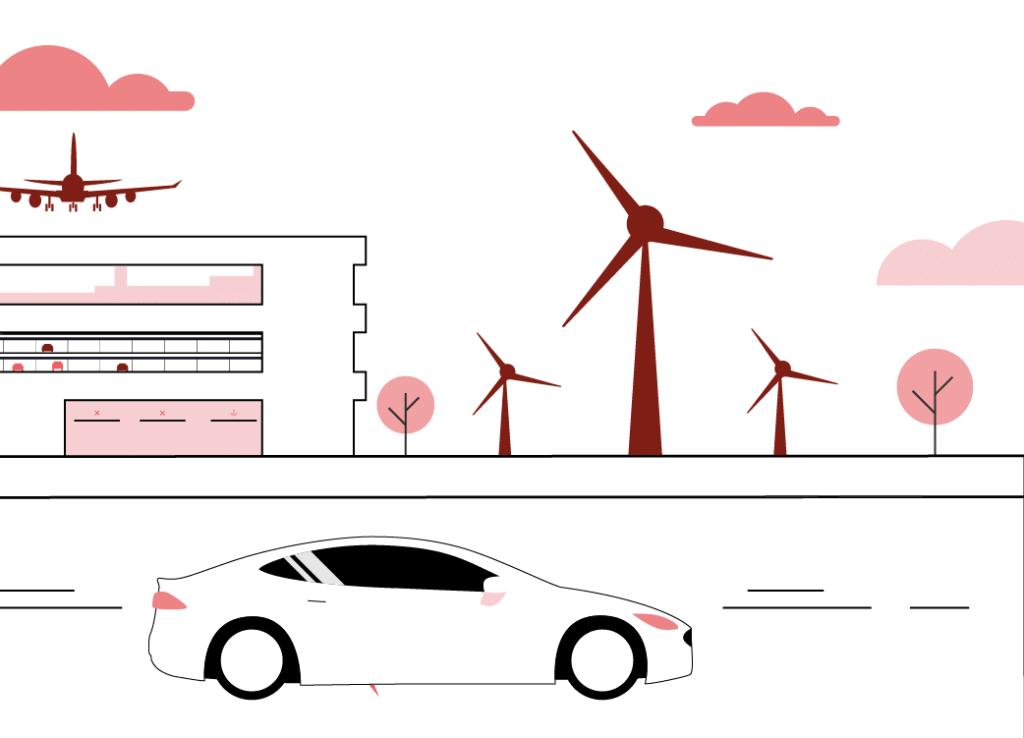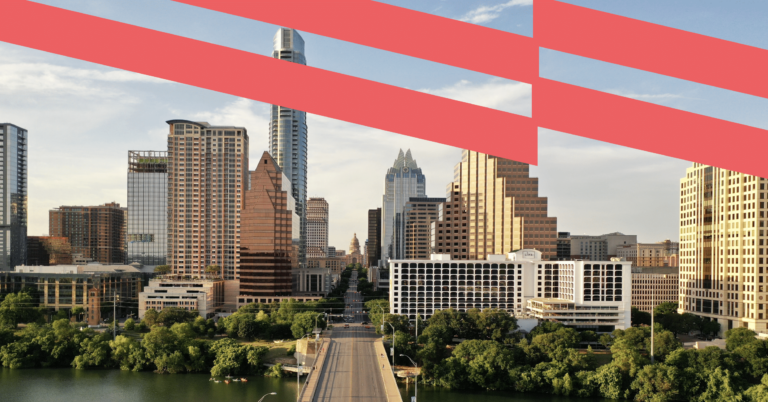President Biden and the new administration aren’t slowing down when it comes to “Building Back Better.” In just the first few weeks in office, Biden put critical executive orders into effect to mitigate the Covid-19 crisis and to kick start his ongoing focus on equity and environmental initiatives.
But this is just the beginning. Buckle in. Because the way we move, travel, and stay connected is about to get a big overhaul. On Wednesday, Biden detailed his new $2 trillion infrastructure plan that will create millions of jobs in improving roads, bridges, and water supplies. The release of funds will occur over an eight-year period to create economic wellbeing, promote equal access to resources, and reduce greenhouse gas emissions. The plan also includes a proposed $46 billion to buy electric vehicle fleets for government agencies.
If you’re a mobility operator, it’s time to put one foot in the future. Federal changes will trickle down to cities and local governments, determining new rules for vehicles and transit. By starting to plan now, mobility and parking operators can work with their city to contribute to better infrastructure. The added benefit is that operators will be cementing their utility in the process. Here are some infrastructure elements that might be added or changed, and how they might affect you.

Alternative Energy Will Lead to More Electric Vehicles
An aggressive stance on addressing climate change is embedded in the backbone of Biden’s policies. The administration has doubled down on utilizing alternative energy, particularly when it comes to vehicles. This includes creating a network of 500,000 electric vehicle (EV) charging stations nationwide. To sweeten the deal, potential direct-to-consumer rebates will be considered to encourage customers to switch from gasoline. In turn, businesses may receive tax credits as incentives to produce more EV cars.
These incentives and commitments to a healthier Earth are already causing manufacturers like GM to create their own EV roadmaps. The government itself will create the new standard of alternative energy transit by likely replacing an outdated USPS fleet with electric vehicles.
It may no longer become about whether operators offer EV charging, but rather to what degree.
These changes will inevitably flow down to individual municipalities and citizens themselves. Mobility and parking businesses will need to adjust as cities introduce more alternative electrification to their infrastructure. It may no longer become about whether operators offer EV charging, but rather to what degree.
Forward-thinking Parkwell CEO Joel Christensen provides an example of the opportunities these changes can present. “[For operators], this period is about actually looking at your infrastructure. You can ask questions like: ‘Do we need to upgrade our transformers to build advanced infrastructure that offers level three fast-charging?’” he explains. “Because, if so, that can be a differentiator that can draw in people to your garage. While they charge their car for an hour, you’ve now converted somebody to a coffee customer, or whatever else is in your building.”
Mobility operators aren’t the only group that’s exploring the possibilities of new infrastructure and alternative energy. In a previous post, we spoke with Professor Stephen Boyles of The University of Texas at Austin about what conversations cities are having regarding urban planning. He shared that municipalities aren’t afraid to get creative.
In one example of approaching EV vehicles and infrastructure, EV vehicles would actually give back some power to the energy grid when not in use, and the owners would be paid for their contribution. Adventurous proposals like these will be increasing as the federal government takes the lead.

Net-Zero Carbon Policies Can Inspire New Options for Mobility
America will achieve net-zero emissions by 2050. At least, that’s what the plan is. In that journey lies massive changes that will impact everyone from the largest energy producers and corporations to the individual citizen driving around town. Within cities, urban transit is a heavy contributor to pollution and excess carbon emission. Biden’s also tackling that by aiming to reach carbon-free electricity by 2035.
Providing updated public transportation to cities of 100,000 by 2030 is a stepping stone to that 2035 goal. The details of this plan are still in the works, but will likely tie into reducing carbon emissions by electrifying vehicles and increasing mass transit. When asking where cities will get the funds to reach these ambitious goals, let’s not forget about the $2 trillion that Congress will be exploring for infrastructure. Included within that amount would ideally be funding for cities to switch over their fleets to electric and provide fuel-free travel options.
If you’re an operator or mobility organization, don’t worry. This presents an opportunity that’s very unique to our time. The American city is becoming healthier, and the mobility industry is poised to contribute. Increasing the amount of EV charging stations is a sound investment for the future. Introducing amenities such as car tune-ups and checkups will also match the growing public consciousness for a cleaner city.
Perhaps the largest investment of all is to be made in the growth of micro-mobility options. As more mass transit options are introduced, the need for commuting in cars may decline. Operators can compensate by integrating new technologies and bringing in e-bikes, or having ride-sharing options available depending on a person’s schedule.
Now is the time for mobility operators to reach out to their staff and make sure their voices are heard. By making sure that your people are taken care of now, you can avoid future delays.

Restructuring Labor Laws Means Better Work
You’ll find that one of the hottest topics in labor is the change to a $15 minimum wage. As a pro-labor President, Biden will undoubtedly be a boon to infrastructure unions who’ve been fighting for more pay and better rights. His plan specifically highlights the encouragement and incentivization of unionization and collective bargaining. This atmosphere will surely inspire municipal workers, including transit and mobility laborers.
Now is the time for mobility operators to reach out to their staff and make sure their voices are heard. By making sure that your people are taken care of now, you can avoid future delays. On the other hand, better working conditions mean more jobs will be created—strengthening the talent pool. A worker’s job market isn’t a bad thing. It means an inspired employee.
Start Strategizing Now to Get Ahead
Preparing for the future of mobility infrastructure means looking at your asset infrastructure, your technology stack, and your team. It also means adopting strategies of digital transformation to ensure that you’re able to connect with new systems as electric vehicles and micro-mobility grow. We have a very different administration presiding over our country, and clean energy and sustainable cities will be top of mind. It’s an exciting time for mobility and parking. As we like to say, the future parks here.
Join the Parking Revolution, Subscribe
to Our Newsletter
We’re disrupting the parking industry because we believe our customers, consumers, and cities deserve better.

